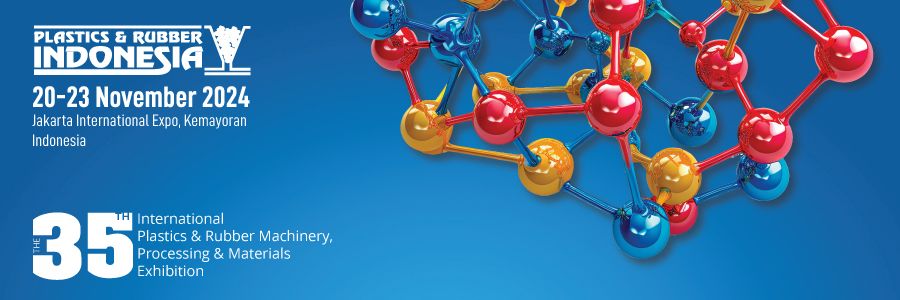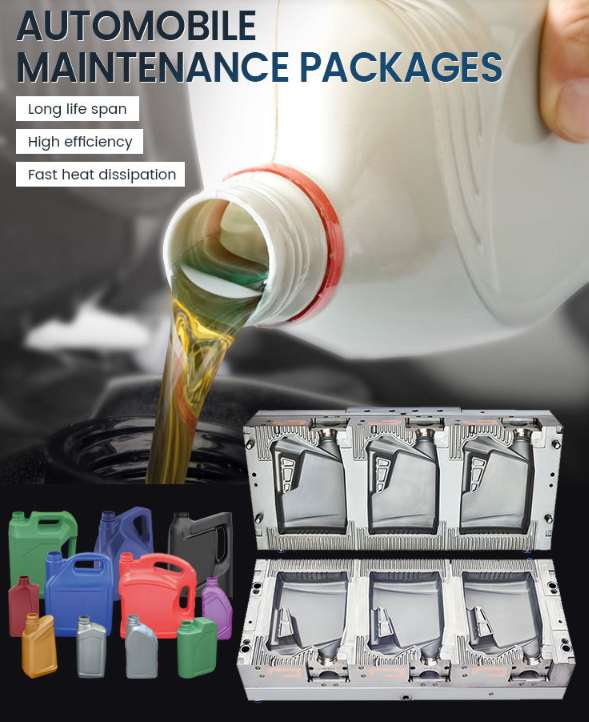Essential Tips for Buying Ejector Pins for Injection Molding
Time:
2025-06-16
Essential Tips for Buying Ejector Pins for Injection Molding
Table of Contents
- Understanding Ejector Pins: A Key Component in Injection Molding
- Types of Ejector Pins: Finding the Right Fit
- Material Selection for Ejector Pins: A Crucial Factor
- Dimensions and Tolerances: Precision Matters
- Surface Finish Considerations for Ejector Pins
- Choosing the Right Manufacturers and Suppliers
- Cost vs. Quality: Making the Right Trade-offs
- Maintenance and Longevity of Ejector Pins
- FAQs About Ejector Pins for Injection Molding
Understanding Ejector Pins: A Key Component in Injection Molding
Ejector pins play a vital role in the injection molding process. They are responsible for ejecting the molded part from the mold cavity after cooling. Without effective ejector pins, the production process could face significant delays, defects, and increased costs. Understanding their function is essential for making informed purchasing decisions.
Ejector pins operate as mechanical levers, pushing the molded plastic out of the mold to ensure a complete and efficient manufacturing process. Given their importance, selecting the right ejector pins is crucial for achieving optimal production efficiency and product quality.
Types of Ejector Pins: Finding the Right Fit
When it comes to ejector pins, there are several types to consider. Each type offers unique advantages and is suited for different applications. The most common types include:
Standard Ejector Pins
Standard ejector pins are the most frequently used type in injection molding. They are generally made of steel and come in various diameters and lengths. These pins are versatile and suitable for most applications.
Heat-Treated Ejector Pins
Heat-treated ejector pins undergo a process that enhances their durability and wear resistance. This makes them ideal for high-volume production runs where longevity and reliability are paramount.
Custom Ejector Pins
For specific applications, custom ejector pins can be designed to meet unique specifications. Customization allows manufacturers to optimize the geometry and material properties for specialized needs.
Solid vs. Hollow Ejector Pins
Solid ejector pins provide strength and durability, while hollow ejector pins are lighter and may be more cost-effective. The choice between solid and hollow pins depends on the specific requirements of the molding process and the material being used.
Material Selection for Ejector Pins: A Crucial Factor
The material used to manufacture ejector pins can significantly impact their performance and longevity. Common materials include:
Steel
Steel is the most widely used material for ejector pins due to its strength and resistance to wear. Different grades of steel, such as stainless steel or tool steel, can be chosen based on the required hardness and corrosion resistance.
Alloy Steels
Alloy steels contain additional elements that improve specific properties, such as toughness and wear resistance. This makes them ideal for high-stress applications and environments.
Other Materials
In certain cases, ejector pins may be made from materials like aluminum or plastic for lightweight applications. These materials can be beneficial in reducing overall costs, but their durability may not match that of steel.
Dimensions and Tolerances: Precision Matters
Selecting the correct dimensions and tolerances for ejector pins is crucial for ensuring they fit properly within the mold design. Here are key factors to consider:
Diameter and Length
The diameter and length of the ejector pins must correspond to the mold design and the type of part being produced. Pins that are too large or too small can lead to poor part ejection and increased wear on the mold.
Tolerance Levels
Tight tolerance levels are necessary for high-precision applications. Understanding the tolerances required for the pins will help in selecting the right vendor and ensuring compatibility with the overall mold design.
Surface Finish Considerations for Ejector Pins
The surface finish of ejector pins can influence the quality of the molded parts and the performance of the pins themselves. A smooth surface finish reduces friction, which can enhance the ejection process and minimize wear on both the pins and the mold.
Importance of Surface Finish
A proper surface finish can also prevent defects such as burn marks or scratches on the molded part. It is essential to evaluate the required surface finish based on the type of material being molded and the complexity of the part design.
Common Surface Finish Standards
There are several surface finish standards to consider, including Ra (average roughness) and Rz (average maximum height of the profile). Choosing the right standard is vital for achieving the desired quality in the final product.
Choosing the Right Manufacturers and Suppliers
Finding a reliable manufacturer or supplier is essential when purchasing ejector pins. Here are some strategies for making the right choice:
Research and Reviews
Conduct thorough research before selecting a supplier. Reading customer reviews and testimonials can provide insight into the quality of their products and customer service.
Certifications and Standards
Choose suppliers that adhere to industry standards and hold relevant certifications. Suppliers with ISO certifications demonstrate a commitment to quality and can often provide better products.
Sample Orders
Requesting sample orders can help assess the quality of the ejector pins before making a larger commitment. This allows for testing their performance and compatibility with your processes.
Cost vs. Quality: Making the Right Trade-offs
When purchasing ejector pins, finding a balance between cost and quality is crucial. While it may be tempting to opt for cheaper options, lower-priced pins may compromise the performance and longevity of your molds.
Long-term Investment
High-quality ejector pins may have a higher upfront cost but can lead to lower maintenance and replacement costs in the long run. Assessing the total cost of ownership can help in making a more informed decision.
Understanding Your Budget
Establishing a clear budget before beginning your search allows you to narrow down options and focus on suppliers that meet your financial constraints while still delivering quality products.
Maintenance and Longevity of Ejector Pins
Proper maintenance of ejector pins can significantly extend their lifespan and improve overall efficiency in the injection molding process.
Regular Inspections
Conducting regular inspections of ejector pins allows for early detection of wear and potential issues. Identifying these problems early can prevent more significant issues down the line.
Cleaning and Lubrication
Keeping ejector pins clean and lubricated can reduce friction and wear. Dust and debris can affect the performance of the pins, so implementing a regular cleaning protocol is essential.
FAQs About Ejector Pins for Injection Molding
What are ejector pins used for in injection molding?
Ejector pins are essential components in the injection molding process, used for pushing the molded part out of the mold cavity once it solidifies.
How do I determine the right size for ejector pins?
The right size for ejector pins depends on the mold design and the specifications of the molded part. It’s crucial to refer to technical drawings or consult with the mold designer.
What materials are best for ejector pins?
Steel and alloy steels are commonly used for their strength and durability. The best material will depend on the specific application and production volume.
How often should ejector pins be replaced?
The frequency of replacement depends on the volume of production and the quality of the pins. Regular inspections can help determine when replacement is necessary.
Can ejector pins be customized?
Yes, ejector pins can be customized to meet specific requirements. This includes adjustments to size, material, and design based on the needs of the manufacturing process.
Conclusion
Choosing the right ejector pins for injection molding is crucial for ensuring efficient production and high-quality molded parts. By understanding the various types, materials, dimensions, and surface finishes, manufacturers can make informed decisions that significantly impact their operations. Remember to prioritize quality over cost and regularly maintain ejector pins to maximize their lifespan. With the essential tips outlined in this guide, you are well-equipped to select the best ejector pins for your injection molding projects, ensuring success in your manufacturing endeavors.
RELATED NEWS













